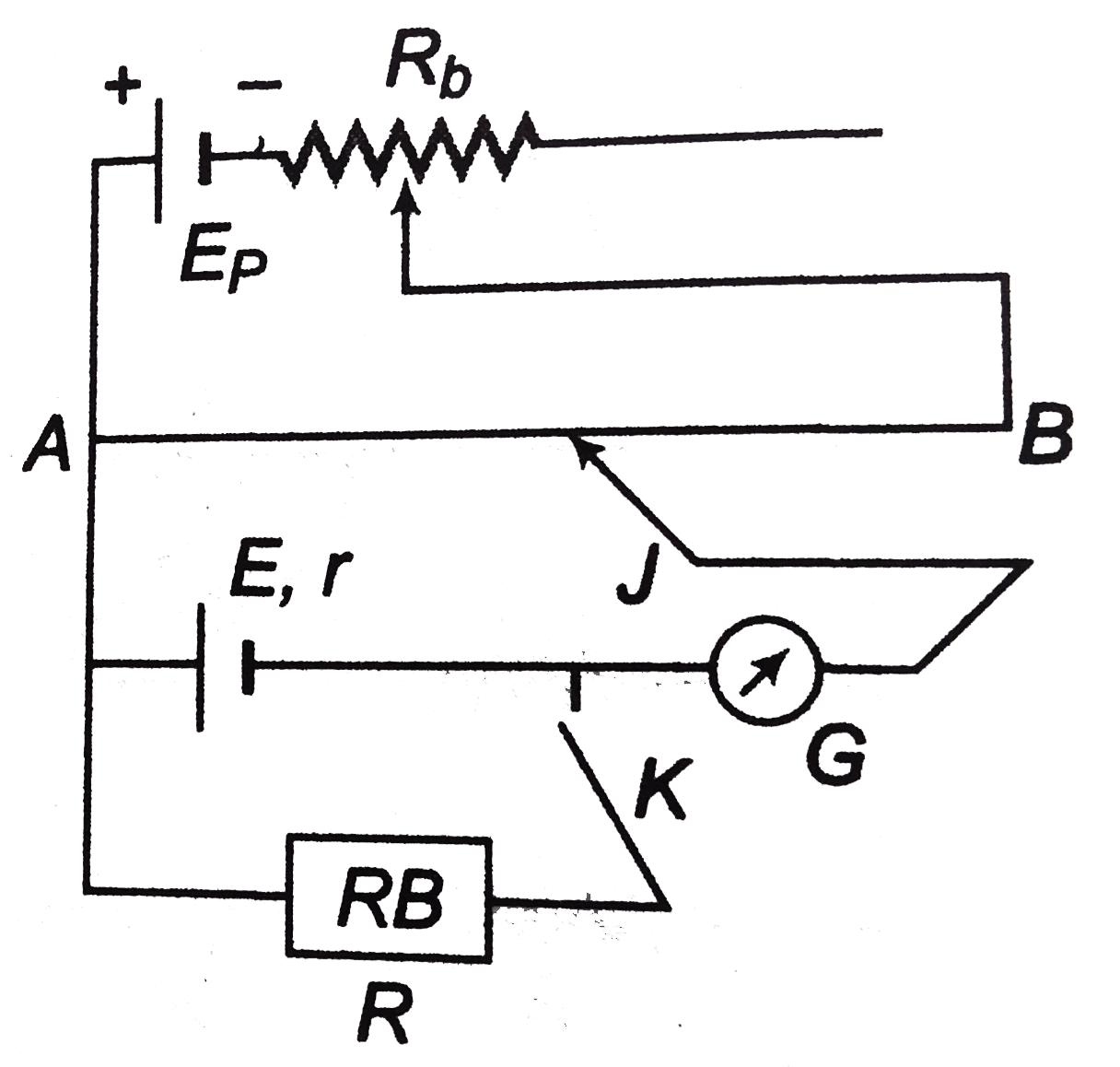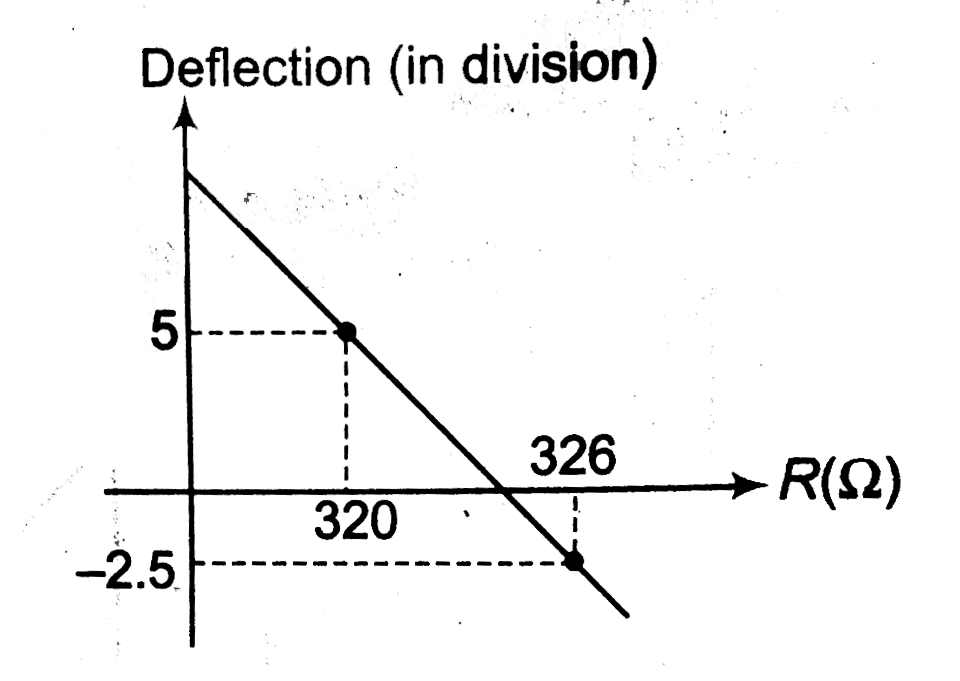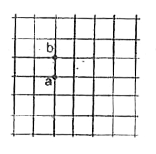Wire wound resistances used in resistance boxes are made up of
Iron
Copper
Silver
Manganin
The correct Answer is:4
To solve the question regarding the materials used in wire wound resistances in resistance boxes, let's analyze the options provided step by step.
Step 1: Understanding Wire Wound Resistors
Wire wound resistors are made by winding a wire around an insulating core. This construction allows for precise resistance values and better heat dissipation.
Hint: Think about the properties of materials used in resistors, especially their thermal stability.
Step 2: Analyzing the Options
We have four options to consider:
1. Iron
2. Copper
3. Silver
4. Manganin
Hint: Consider the electrical properties and temperature coefficients of resistance for each material.
Step 3: Evaluating Each Material
- Iron: This is a good conductor but has a high temperature coefficient of resistance, meaning its resistance changes significantly with temperature. This makes it unsuitable for wire wound resistors.
- Copper: While copper is an excellent conductor and widely used in electrical applications, it also has a significant temperature coefficient, which can lead to variations in resistance with temperature changes.
- Silver: Silver has the lowest resistivity of all metals and is an excellent conductor. However, like copper, it has a high temperature coefficient, making it less suitable for applications requiring stable resistance.
- Manganin: Manganin is an alloy that has a very low temperature coefficient of resistance, making it highly stable across a range of temperatures. This property makes it ideal for use in wire wound resistors.
Hint: Look for materials that maintain stable resistance across varying temperatures.
Step 4: Conclusion
Based on the analysis, the correct answer is Manganin. This alloy is specifically chosen for wire wound resistors due to its low sensitivity to temperature changes.
Final Answer: The wire wound resistances used in resistance boxes are made up of Manganin.
Wire wound resistors are made by winding a wire around an insulating core. This construction allows for precise resistance values and better heat dissipation.
We have four options to consider:
1. Iron
2. Copper
3. Silver
4. Manganin
- Iron: This is a good conductor but has a high temperature coefficient of resistance, meaning its resistance changes significantly with temperature. This makes it unsuitable for wire wound resistors.
- Copper: While copper is an excellent conductor and widely used in electrical applications, it also has a significant temperature coefficient, which can lead to variations in resistance with temperature changes.
Based on the analysis, the correct answer is Manganin. This alloy is specifically chosen for wire wound resistors due to its low sensitivity to temperature changes.
Topper's Solved these Questions
- CURRENT ELECTRICITYBOOK - AAKASH INSTITUTE ENGLISHCHAPTER - CURRENT ELECTRICITYEXERCISE - ASSIGNMENT SECTION-B(OBJECTIVE TYPE QUESTION ))
44 Videos
- CURRENT ELECTRICITYBOOK - AAKASH INSTITUTE ENGLISHCHAPTER - CURRENT ELECTRICITYEXERCISE - ASSIGNMENT SECTION-C(OBJECTIVE TYPE QUESTION ))
13 Videos
- CURRENT ELECTRICITYBOOK - AAKASH INSTITUTE ENGLISHCHAPTER - CURRENT ELECTRICITYEXERCISE - Try Yourself
34 Videos
- COMMUNICATION SYSTEMS BOOK - AAKASH INSTITUTE ENGLISHCHAPTER - COMMUNICATION SYSTEMS EXERCISE - ASSIGNMENT SECTION D (Assertion-Reason)
10 Videos
- DUAL NATURE OF RADIATION AND MATTER BOOK - AAKASH INSTITUTE ENGLISHCHAPTER - DUAL NATURE OF RADIATION AND MATTER EXERCISE - ASSIGNMENT (SECTION-D)
10 Videos
Similar Questions
In an experiment on the measurement of internal resistance of as cell by using a potentionmeter, when the key K is kept open then balancing length is obtained at y metre. When the key K is closed and some resistance R is inserted in the resistance box, then the balancing length is found to be x metre. Then the internal resistance is

View SolutionIn meter bridge experiment if, resistance S in resistance box =300Ω then the balanced length is found to be 25.0cm from end A. The diameter of unknown wire is 1mm and length of unknown wire is 31.4cm. The specific resistivity of the wire should be
View SolutionFor a post office box, the graph of galvanometer deflection verus (R ) (resistance pulled out of resistance box) for the ratio 100.1 is given as shown. Find the value of unknown resistance.
 .
.
View SolutionIf a wire is stretched to double its length, find the new resistance if the original resistance of the wire was R.
View SolutionInfinite square brackets have been made by a infinitely long wire as shown. Between each junction, the resistance is r. Find equivalent resistance between points a and b

View SolutionHow does (a) resistance, and (b) specific resistance of a wire depend on its (i) length, and (ii) radius?
View SolutionIn a meter bridge experment, the value of unknown resistance is 2Ω. To get tehbalancing point at 40 cm distance form the same end, the resistance in the resistance box will be :
View SolutionA wire of length 100 cm is connected to a cell of emf 2 V and negligible internal resistance. The resistance of the wire is 3Ω. The additional resistance required to produce a potential drop of 1 milli volt per cm is
View SolutionA wire of a certain material is stretched slowly by ten percent. Its new resistance and specific resistance become respectively.
View SolutionA potentiometer wire of length 10 m and resistance 10Ω per meter is connected in serice with a resistance box and a 2 volt battery. If a potential difference of 100 mV is balanced across the whole length of potentiometer wire, then then the resistance introduce introduced in the resistance box will be
View Solution
